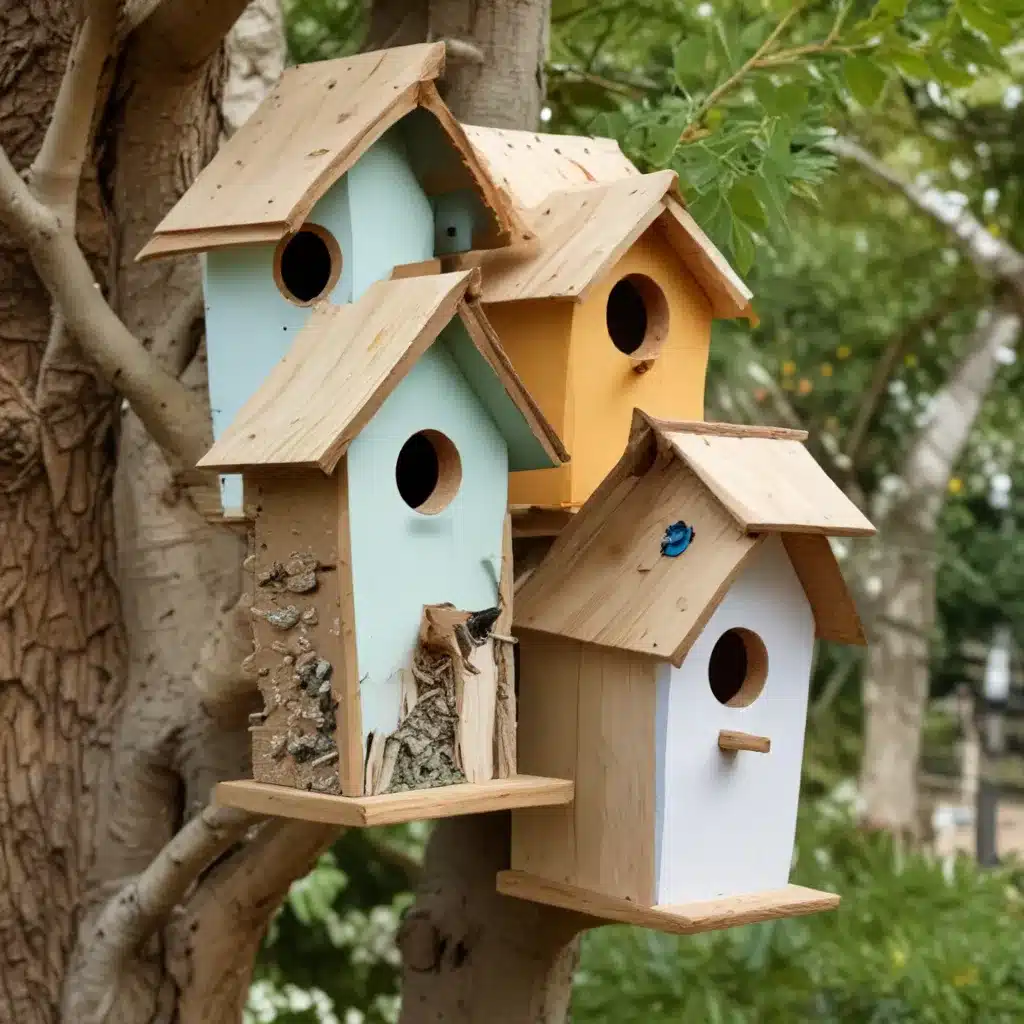
Avian Habitat Conservation
As an experienced avian caretaker and expert in the field, I’m excited to share my knowledge on creating sustainable and eco-friendly nesting environments for urban birds. In a world where urbanization continues to encroach on natural habitats, it’s more important than ever to support our feathered friends and provide them with the resources they need to thrive.
Importance of Urban Biodiversity
Urban areas may seem like an unlikely haven for wildlife, but they can actually serve as vital refuges for many bird species. Parks, gardens, and even backyard oases can offer essential food, water, and shelter for a diverse array of avian residents. By fostering urban biodiversity, we not only enhance the beauty and vibrancy of our neighborhoods but also contribute to the overall ecological balance.
Threats to Urban Bird Populations
Unfortunately, urban birds face a multitude of challenges, from habitat loss and fragmentation to predation by domestic pets and collisions with windows. Pesticide use, pollution, and the proliferation of non-native, invasive species can also take a toll on local bird populations. As conscientious caretakers, it’s our responsibility to mitigate these threats and create safe, sustainable havens for our winged neighbors.
Sustainable Birdhouse Design
One of the most effective ways to support urban birds is by providing well-designed, eco-friendly nesting sites. Birdhouses, when constructed with the right materials and placed strategically, can offer vital shelter and breeding opportunities for a wide range of species. By considering factors like ventilation, drainage, and predator exclusion, we can craft birdhouses that not only meet the needs of our feathered friends but also minimize our environmental impact.
Birdhouse Construction Materials
When it comes to building birdhouses, the choice of materials is crucial. Sustainability and longevity should be at the forefront of our considerations.
Eco-Friendly Wood Options
While traditional cedar and pine are popular choices, there are several eco-friendly wood alternatives that are just as suitable for birdhouse construction. Reclaimed or salvaged lumber, as well as sustainably sourced hardwoods like oak, maple, or birch, can provide durable and long-lasting options. These materials not only reduce waste but also support responsible forestry practices.
Weatherproofing Techniques
Protecting birdhouses from the elements is essential for their longevity and the well-being of their avian occupants. Applying weatherproofing sealants or paints, particularly on the exterior, can help extend the lifespan of the structure and prevent moisture-related damage. Ventilation and drainage are equally important to ensure the interior remains dry and well-circulated, preventing the buildup of harmful bacteria or mold.
Bird-Friendly Placement Strategies
The location of a birdhouse can have a significant impact on its attractiveness and the success of its inhabitants. Careful consideration of placement is crucial for creating a safe and accessible nesting environment.
Optimal Birdhouse Locations
When positioning birdhouses, it’s essential to select areas that offer protection from predators, exposure to the elements, and easy access for the birds. Placement near natural vegetation, such as trees or shrubs, can provide valuable cover and nesting resources. Orienting the entrance hole away from prevailing winds and direct sunlight can also enhance the comfort and security of the occupants.
Accessibility for Monitoring
While keeping a respectful distance, providing opportunities for observation and monitoring can be a rewarding aspect of birdhouse stewardship. Ensuring easy access for occasional inspections and maintenance can help track the success of nesting efforts and identify any potential issues that may arise.
Minimizing Predator Risks
Predators, such as cats, squirrels, and even larger birds, can pose a significant threat to nesting birds. Incorporating design features like predator-resistant entrance holes, protective cages or baffles, and strategic placement can help deter these unwelcome visitors and safeguard the well-being of your feathered tenants.
Nesting Preferences of Common Urban Birds
Understanding the unique nesting requirements of different bird species is crucial for providing suitable and attractive birdhouse options. Let’s explore the preferences of some of the most common urban birds.
Native Bird Species of Interest
In many urban environments, species like bluebirds, wrens, tree swallows, and chickadees are often the primary targets for birdhouse enthusiasts. These native birds play vital roles in our local ecosystems and can thrive in well-designed nesting sites.
Nesting Cavity Requirements
Each bird species has specific preferences when it comes to the size, shape, and dimensions of their nesting cavities. Carefully considering these details, such as entrance hole diameter, interior volume, and perch placement, can make the difference between a thriving colony and an empty birdhouse.
Seasonal Considerations
The needs of birds can vary significantly throughout the year. During the breeding season, birdhouses should offer safe and secure environments for egg-laying, incubation, and chick-rearing. In the colder months, some species may seek out birdhouses as roost sites, requiring additional insulation and protection from the elements.
By incorporating these principles of sustainable birdhouse design, strategic placement, and an understanding of avian nesting preferences, we can create thriving, eco-friendly havens for our urban bird populations. Not only will these efforts benefit the birds themselves, but they will also contribute to the overall health and vitality of our local ecosystems.
To learn more about birdhouses, nesting habits, and other avian-related topics, I encourage you to visit the Mika Birds Farm blog at https://mikabirdsfarm.com/. There, you’ll find a wealth of information and resources to help you become a more informed and effective urban bird caretaker.


